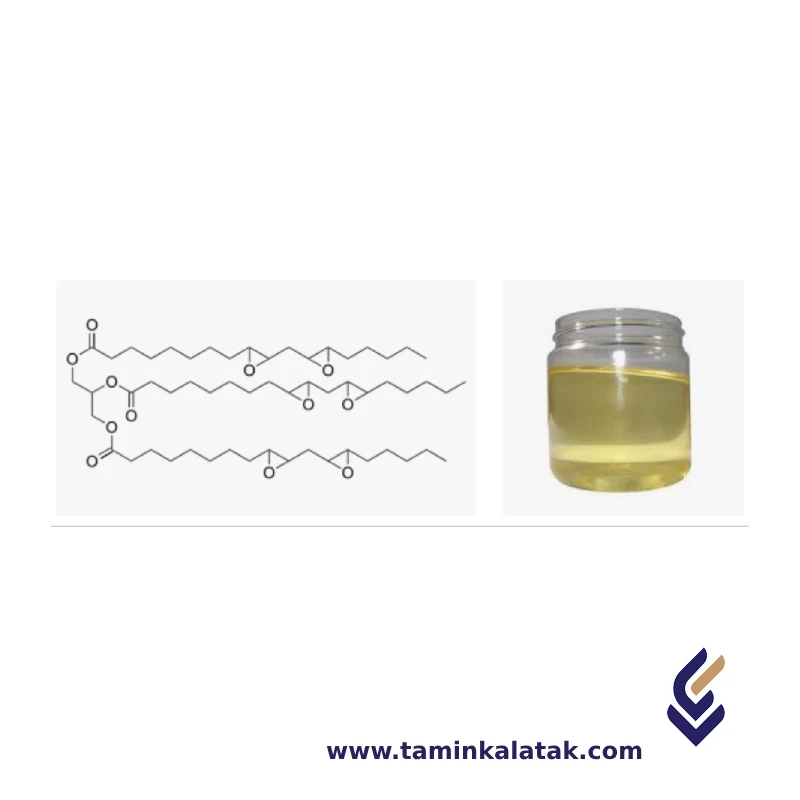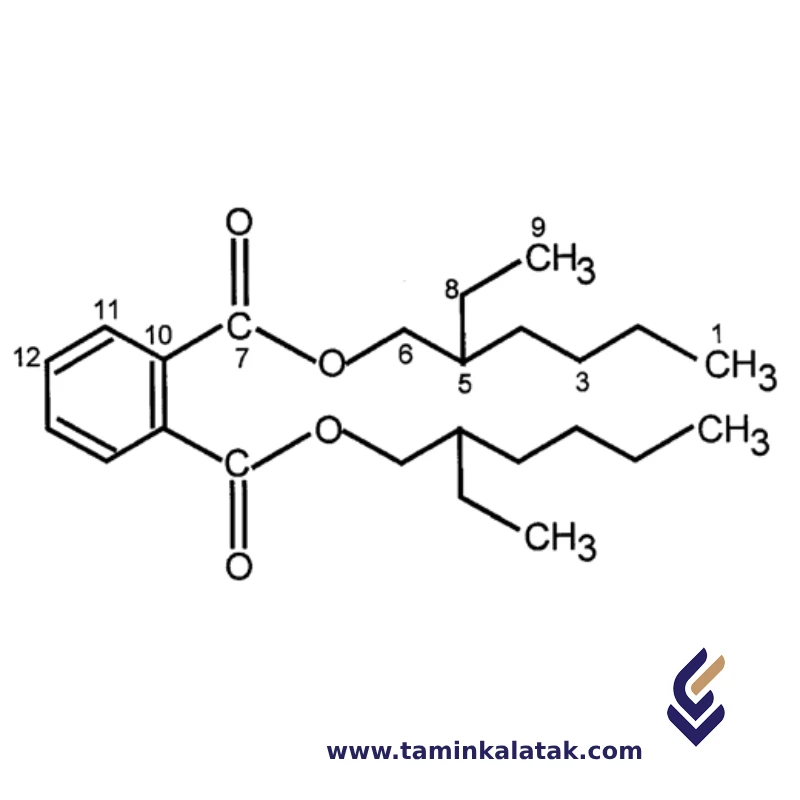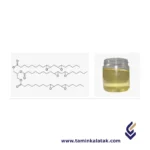Polymers are made up of very large molecules made up of many repeating units called monomers, which ultimately form this long polymer chain
Plasticizers are chemical additives added to polymers to increase their flexibility, ductility, and processability.
Modifier
A modifier for polymers is an additive used to enhance or adjust the properties of a polymer material. Modifiers can improve flexibility, impact resistance, processability, thermal stability, or other characteristics depending on the application.
Types of Modifiers for Polymers:
- Impact Modifiers – Improve toughness and reduce brittleness (e.g., ABS, MBS, rubber-based modifiers).
- Plasticizers – Increase flexibility and reduce stiffness (e.g., phthalates, adipates).
- Processing Aids – Enhance melt flow and ease of processing (e.g., acrylic copolymers).
- Stabilizers – Protect polymers from degradation due to heat, UV, or oxidation (e.g., UV stabilizers, antioxidants).
- Flame Retardants – Reduce flammability (e.g., halogenated compounds, phosphorus-based additives).
- Fillers & Reinforcements – Improve mechanical strength (e.g., glass fibers, carbon black, silica).
- Compatibilizers – Improve miscibility of polymer blends (e.g., maleic anhydride grafted polymers).
Structure
A plasticizer modifier typically consists of a small, flexible organic molecule containing both polar and nonpolar regions. These molecules insert themselves between polymer chains, reducing intermolecular forces and increasing flexibility. Most plasticizers have a core structure with ester, ether, or phosphate functional groups, which enhance compatibility with polymers. Phthalates, such as di(2-ethylhexyl) phthalate (DEHP), are among the most common plasticizers, featuring a benzene ring with ester-linked alkyl chains. Adipates, like di(2-ethylhexyl) adipate (DEHA), have a linear aliphatic backbone, making them suitable for low-temperature applications. Trimellitates, such as tri(2-ethylhexyl) trimellitate (TOTM), offer high-temperature resistance due to their aromatic core with three ester groups. Additionally, phosphate esters, such as triphenyl phosphate (TPP), serve as flame-retardant plasticizers. By modifying polymer structures, plasticizers enhance flexibility, durability, and processability, making them essential in applications like PVC, rubber, and coatings.
Properties
A plasticizer modifier possesses several key properties that enhance the flexibility, processability, and durability of polymers. It typically has low volatility, preventing it from evaporating easily and ensuring long-term effectiveness. High compatibility with the polymer matrix is essential to avoid phase separation or migration. Thermal stability is another crucial property, allowing the plasticizer to withstand high processing and operating temperatures without degrading. By lowering the glass transition temperature (Tg) of a polymer, plasticizers make materials softer and more pliable at lower temperatures. They also exhibit good solvency power, helping to disperse polymer chains and reduce rigidity. Resistance to extraction ensures that the plasticizer remains within the polymer even when exposed to water, oils, or chemicals. In some cases, plasticizers provide flame retardancy, such as phosphate esters, which enhance fire resistance. Additionally, they improve mechanical flexibility by increasing elongation and impact resistance while reducing brittleness. Certain plasticizers also offer UV and oxidation resistance, preventing polymer degradation due to light or air exposure. These properties make plasticizer modifiers essential in applications such as PVC, rubber, adhesives, coatings, and elastomers, where flexibility and durability are critical.
Applications of Plasticizer Modifiers
- PVC Products – Used in flexible PVC for cables, flooring, tubing, and synthetic leather.
- Rubber Industry – Enhances elasticity and softness in rubber-based products.
- Adhesives and Sealants – Improves flexibility and adhesion properties.
- Coatings and Paints – Enhances spreadability and durability.
- Medical Devices – Used in flexible materials like IV bags and tubing.
- Automotive Industry – Found in interior components, dashboards, and flexible seals.
- Textiles and Films – Used in synthetic fabrics and plastic films for improved softness.
Advantages of Plasticizer Modifiers
- Increases flexibility and softness of polymers.
- Improves processability during manufacturing.
- Reduces brittleness, enhancing impact resistance.
- Lowers the glass transition temperature (Tg) for better performance in cold conditions.
- Some provide flame retardancy for added safety.
- Enhances elongation and durability of materials.
Disadvantages of Plasticizer Modifiers
- Some plasticizers, like phthalates, raise health and environmental concerns.
- Migration issues can occur, leading to loss of properties over time.
- Certain plasticizers may cause chemical incompatibility with specific polymers.
- Volatility in some types may lead to material degradation or unpleasant odors.
- Some plasticizers reduce mechanical strength in high concentrations.
- Environmental impact can be a concern, especially for non-biodegradable plasticizers.
Applications
| Applications | , , , , |
|---|
Modifier
| Products | Viscosity(mPa.s) | Density(g/cm³) | Applications | Data Sheet | MSDS |
|---|---|---|---|---|---|
| Di(2-ethylhexyl) phthalate (DEHP) | 80-90 | 0.98-0.99 | PVC Plastics Medical Devices Automotive Industry Wire and Cable Coatings Adhesives and Sealants Consumer Goods | ||
| Epoxidized soybean oil (ESBO) | 325-450 | 0.990-0.1000 | Plasticizer for PVC Food Packaging Medical Devices Automotive Industry Coatings and Sealants Lubricants and Biodegradable Oils |










